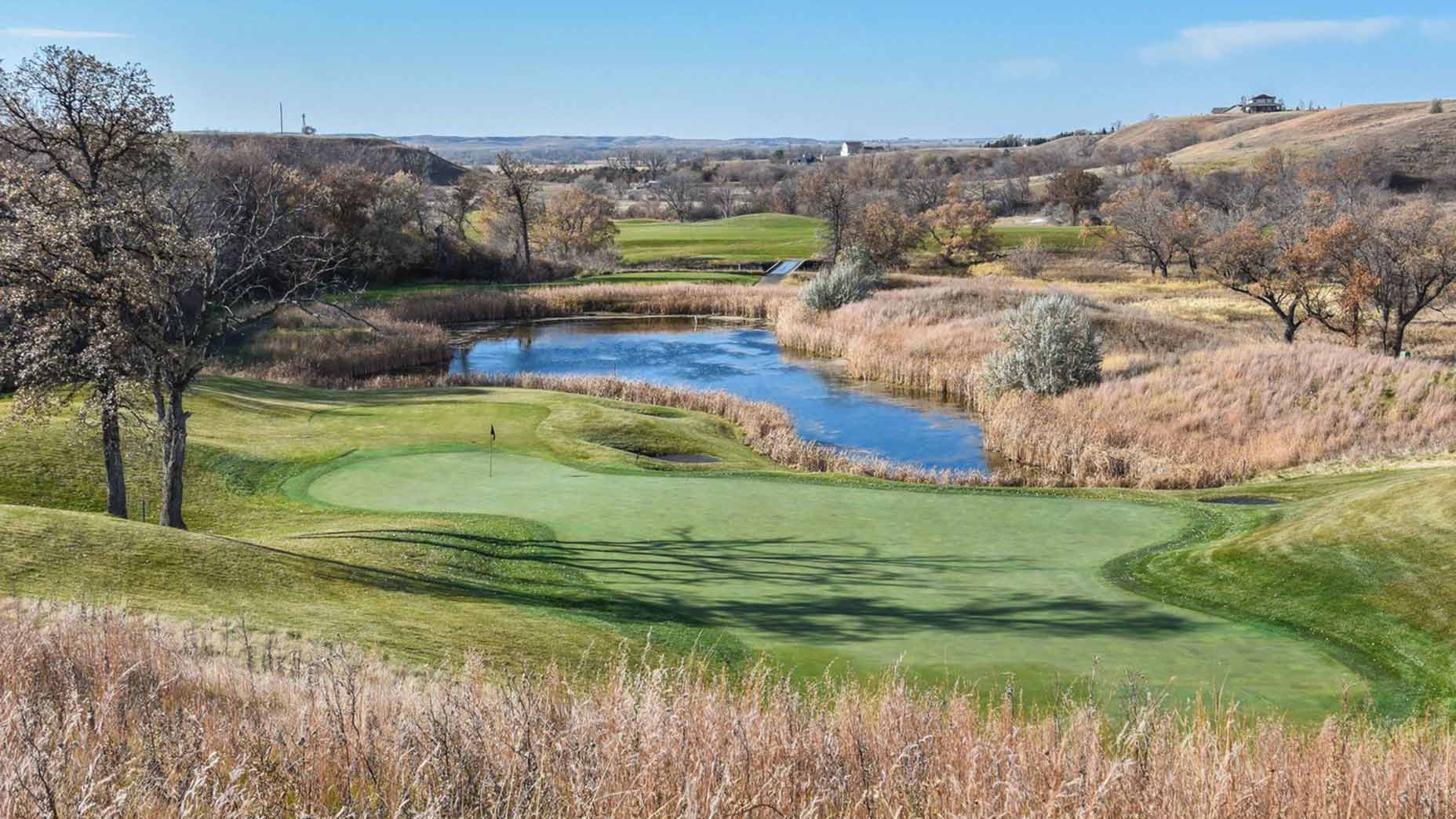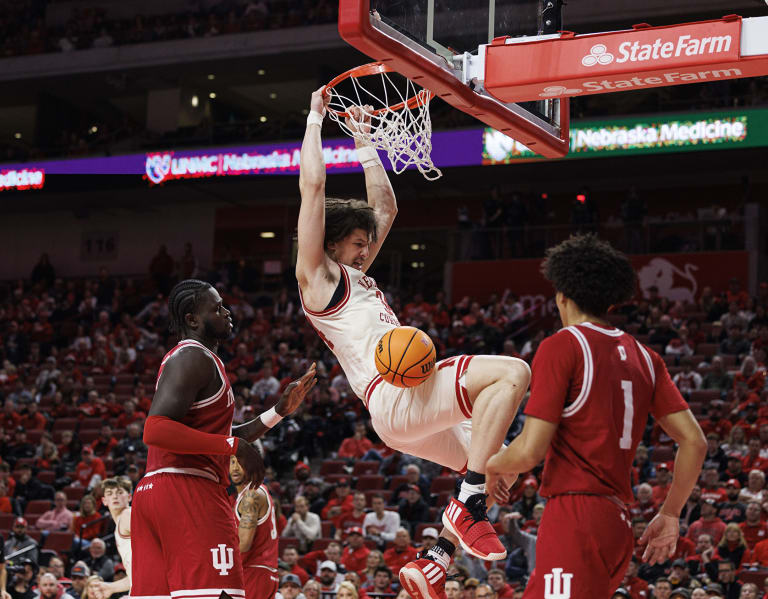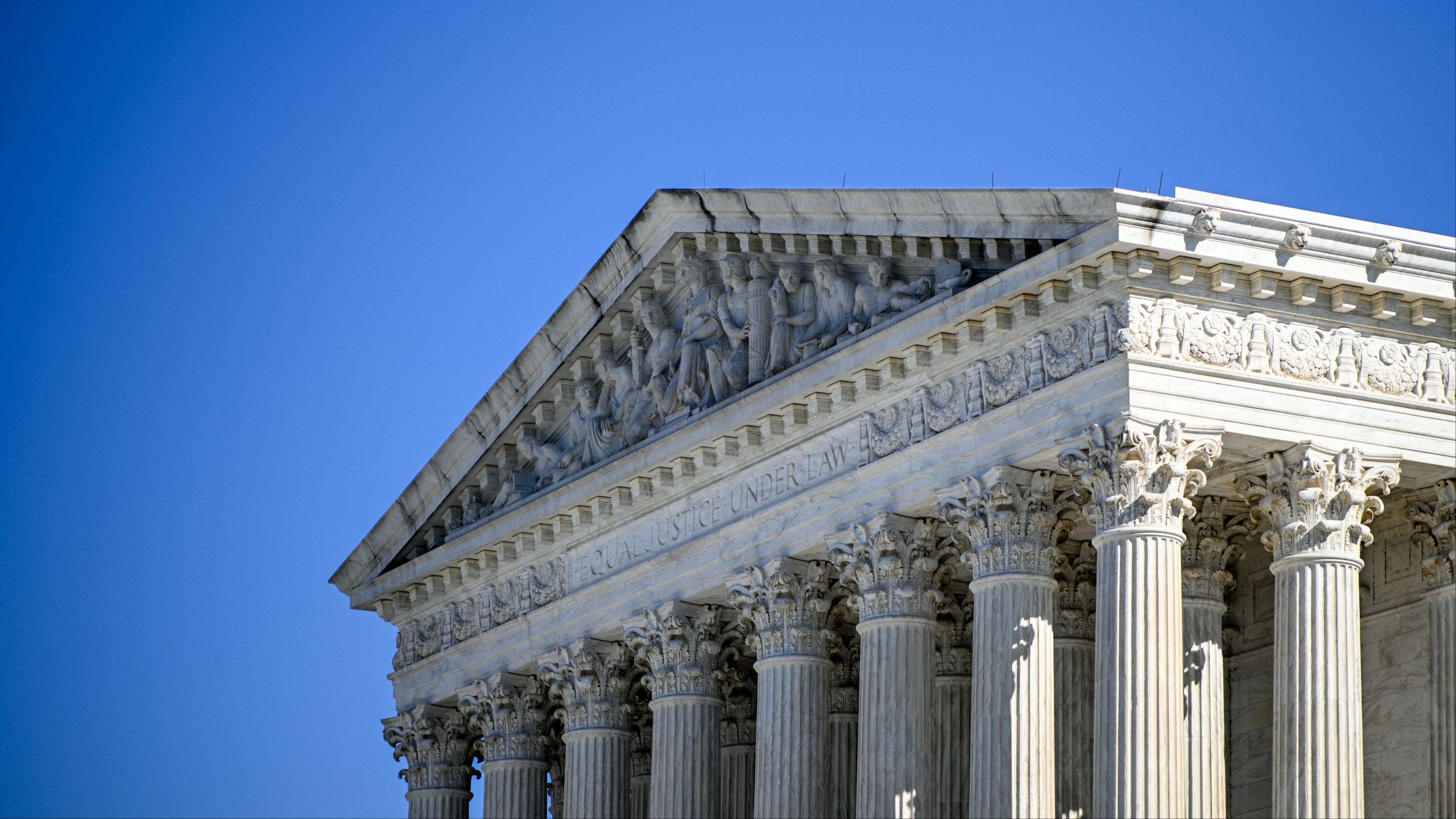Throughout the summer there are 28 special memorial days recalling Indian Wars conflicts. In the Bismarck-Mandan region alone there is the Apple Creek Fight of 1863, Woodcutter Fight of 1872, and the Little Heart Butte Fight of 1874. Reaching back farther is one of the biggest Indigenous conflicts on the Northern Great Plains, the Battle of Heart River in 1803. Two of these conflicts reach far in scope and legacy.
The Battle of Heart River is remembered in the John K. Bear Winter Count. This conflict was the culmination of tension and trade on the Upper Missouri River following the American Revolution. The English turned after the war and sought out trade and allies. The Ihanktunwanna, later known as Yanktonai, and their Hunkpapa relatives on the west bank of the Missouri River expanded and established the Heart River as the northernmost territorial boundary of the Ocheti Shakowin, the Seven Fires. This boundary line was so firmly set it was later recognized by the Fort Laramie Treaty of 1851 and 1868.
People are also reading…
On Aug. 1, 1863, General Sibley left the Apple Creek fight claiming he met the objectives of his punitive campaign. His command of 2,200 men fought against an estimated Ocheti Shakowin force of 500 and Sibley could not take the hill. If Custer escaped from the Battle of the Little Bighorn would he have claimed a victory? This last fight of Sibley’s arm of the 1863 Punitive Campaigns was minimized. It was in fact bigger than the Little Bighorn Fight and lasted four days and seriously needs to be reexamined and commemorated properly.
The Woodcutter Fight in 1872 wasn’t a grand battle. It took place in the area of the old block houses on the hill out at Fort Abraham Lincoln State Park and the valley where Highway 1806 goes around the park. What is memorable about this fight is that Rain In The Face crept up a ravine by the old On A Slant Mandan village to the infantry post and made off with Indian Scout ponies.
The Little Heart Butte Fight is a conflict that should cause the most reflection. Ihanktunwanna warriors enlisted as U.S. Indian Scouts in a time of disappearing bison. In fact, this division of Ocheti Shakowin had fought in support of the United States and American Fur Company in the first ever U.S. led campaign against a Plains Indian tribe in the Arikara War of 1823. At the Little Heart Butte, Ihantunwanna scouts were pinned for four days, They were on their way to deliver U.S. mail from Fort Rice to Fort Berthold and found themselves in a firefight against the Hunkpapa.
General Alfred Terry was so impressed with the exceptionalism of Blue Thunder, Cold Hand, and six others, during the Little Heart Butte Fight, Terry sought the highest honor that Congress could recognize in any enlisted or commissioned soldier’s action. In an era of U.S. history, when a soldier could get a Congressional Medal of Honor for getting water for his fellow soldiers in a fight against Indians, why didn’t Congress recognize the bravery of the U.S. Indian Scouts at Fort Abraham Lincoln? Congress would not recognize the Scouts’ service for the simple fact they weren’t U.S. citizens.
In the 19th century North Dakota citizens recognized this history in many of the various county historical records. In the 20th century North Dakota history was reenvisioned and minimized in the modern world. In the 21st century we as North Dakota citizens have nothing to lose remembering our collective history. We might even turn our eyes to Fort Abraham Lincoln State Park and consider legislation to create a new national park.
Dakota Goodhouse is an American West historian and part-time artist. Follow him on Instagram, @thefirstscout.


































/cdn.vox-cdn.com/uploads/chorus_asset/file/25789444/1258459915.jpg)

/cdn.vox-cdn.com/uploads/chorus_asset/file/25546252/STK169_Mark_Zuckerburg_CVIRGINIA_D.jpg)


/cdn.vox-cdn.com/uploads/chorus_asset/file/23951353/STK043_VRG_Illo_N_Barclay_3_Meta.jpg)